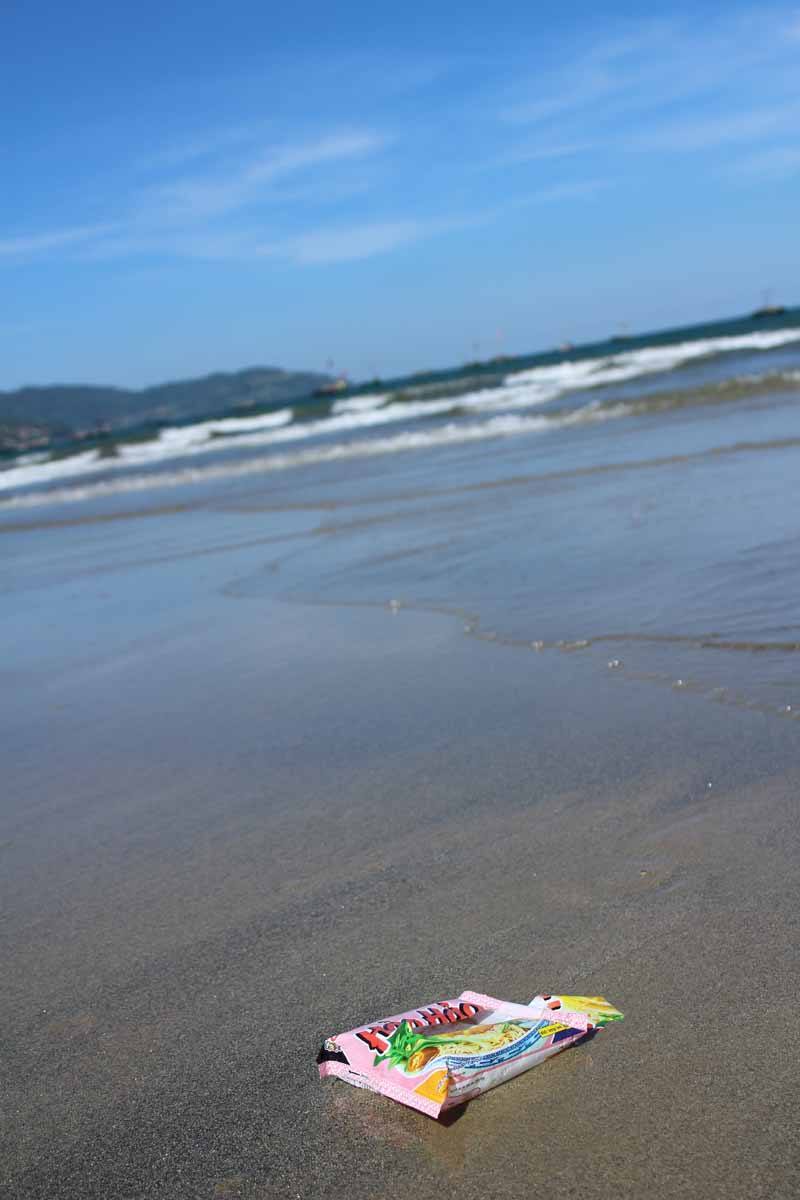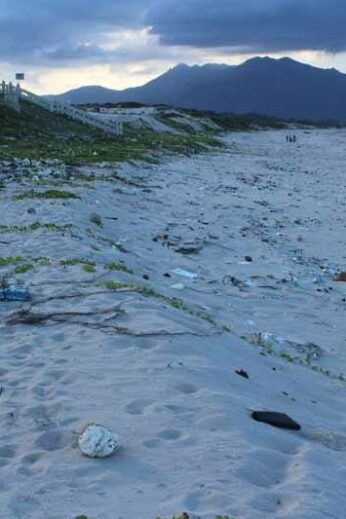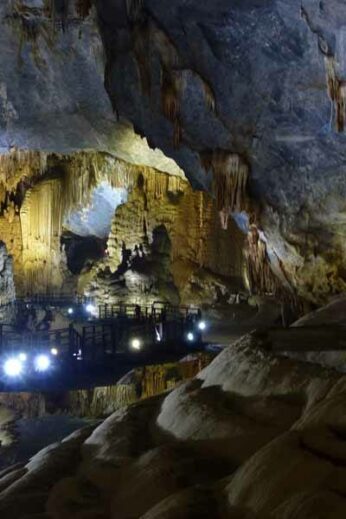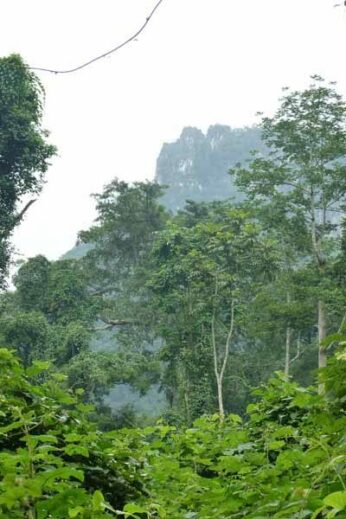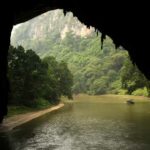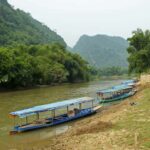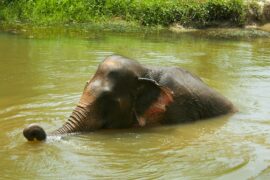Last Saturday, The Guardian published an excellent article discussing the impact of economic development on Vietnam’s environment and priceless natural heritage. Highlighting the country’s declining visitor numbers as part of the problem (Vietnam has seen international tourist numbers fall month on month for over a year), the article suggests that in the scramble to attract foreign business back to Vietnam, unscrupulous developers risk damaging the environment beyond repair.
That many of Vietnam’s natural wonders are under threat – from Halong Bay to the caves of Phong Nha National Park – is a sad but undeniable truth. Nevertheless, there is reason to believe that it’s not all as bad as it seems – and tourism can in fact have a positive effect on environmental issues.
For instance, though the article’s author laments that “story after story in the Vietnamese press recounts how unspoiled natural spaces become strewn with rubbish”, there is substantial evidence to suggest that growing tourism can even have a positive effect on Vietnam’s well-publicised littering problem.
While many Vietnamese beaches are strewn with detritus tossed from fishing boats, areas frequented by international visitors tend to be cleaned regularly and kept in much better condition. Of course, this does mean that some of the cleanest stretches of Vietnam are accessible only to those who can afford to pay for the privilege – which is sad in its own right.

In July this year, photos of foreigners picking up rubbish on Cat Ba Beach went viral. The photographer, Pham Ngoc Long, told the Vietnamese news website Thanh Nien News that he “felt really ashamed. Most tourists at the beach are locals, so I guess the trash was left behind by Vietnamese people, not foreigners.” He also explained that, following the huge response the pictures garnered, he hoped Vietnamese people would be shamed into changing their littering habits. The Vietnam Coracle offers various theories as to what lies behind Vietnam’s culture of littering – we recommend reading the full article here.
But litter is only the beginning of Vietnam’s environmental problems, says The Guardian. More troubling still are the large-scale projects – such as the plans to build casinos on Dong Van Plateau or a golf course next to Halong Bay. In such cases, short-term economic gain eclipses the long-term benefits of preserving the country’s natural heritage – the very thing that Vietnam should be safeguarding if it wants to tempt tourists back to its shores.
In this matter, too, there is hope that the tide is turning. In 2014, the local government of Quang Binh Province announced controversial plans to build a cable car to ferry tourists into Son Doong Cave, the largest cave in the world. Thankfully, these plans were eventually thwarted thanks to a public outcry and rigorous campaigning by conservationists.
Though the fact that such projects are even proposed is worrying, we should take heart from the success of this campaign. Such victories, though only battles in a larger war, can help set a precedent for other, similar projects – and the media coverage accompanying them helps stimulate change in public attitudes regarding environmental issues.
The challenge Vietnam faces is how to balance economic development – crucial to poverty reduction – with environmental management. It is a difficult problem, and one that few countries have found a good solution to as yet. What is certain is that any change will be a very long and slow process.
In the meantime, however, there are still some beautiful stretches of Vietnam that have yet to be marred by construction projects and heavy pollution. These include Ba Be, Con Dao, the Phong Nha caves and the Nam Cat Tien National Park – and you can contribute to their preservation by choosing only tour operators and organisations who have a proven interest in the welfare of local people and the environment.
InsideVietnam Tours are committed to sustainable, responsible tourism, and can recommend some fantastic destinations where conservation efforts are having a positive impact on the environment. Our Indochina Conservation itinerary is just the start – pick up the phone to find out more!
